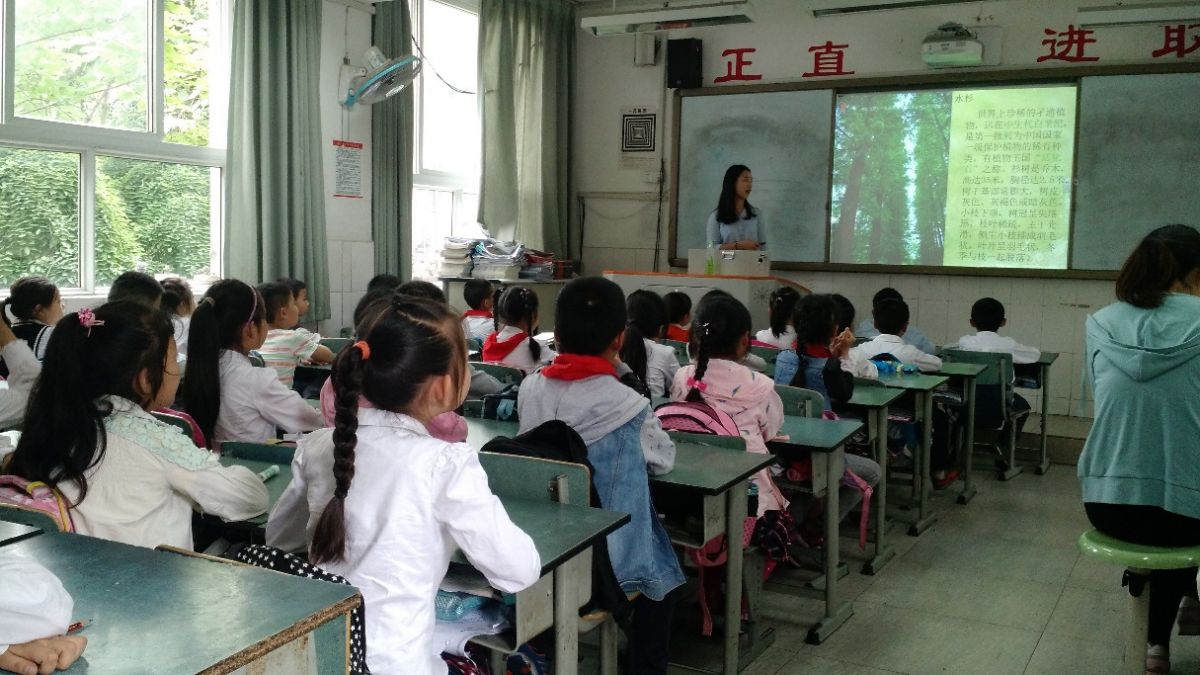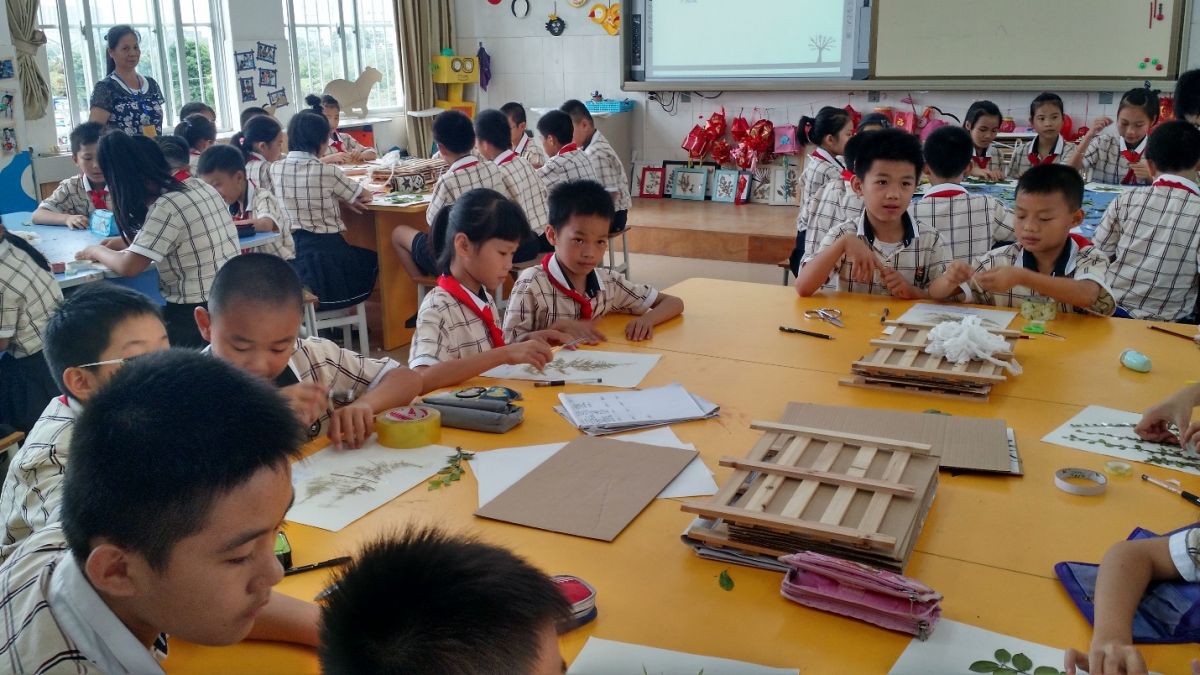Blog
Shared Education Challenges in China and the U.S.
WPF Program Director Elliot Weinbaum was selected among a group of 20 U.S. leaders from government, business and civil society as a 2017 Eisenhower Fellow. In June, he traveled to China to study education policy as part of the Zhi-Xing Fellowship program supported by the Chinese Ministry of Education.
Two weeks into my travels through China, one thing has become clear. When it comes to helping teachers to change their practices to meet new expectations and new requirements of a changing society, the U.S. and China are more alike than they are different. There are certainly differences in our system. China has 15 million teachers and 250 million students to support, a scale 5 times larger than the numbers in the U.S. And China has only had compulsory education for 20 years and only requires nine years of (free) education. And the central government Ministry of Education sets curriculum standards and approves textbooks for the entire country (roles often played by state departments of education in the U.S.).
But the implementation of those standards, and the pedagogical approaches to teaching the content in those textbooks, is determined entirely at the county level. And it has been since right about the time education became mandatory. While at one time, the central government tried to dictate all educational approaches, in 1985, it turned over responsibility for compulsory education to the counties.
There are about 2,800 counties across China. And, as with states and districts in the U.S., they vary tremendously in terms of the resources that they have available to support their educational systems. Which means that each of those counties, with their varying levels of expertise, and their varying levels of resources, must come up with its own system to support its teachers to implement the vision laid out by the central government (and described very briefly in my previous blog post).
As you might imagine, this leads to a lot of variability in student experience. Look at the two photos below, taken in two primary schools in two regions of the country – both of them serving low-income families in under-resourced communities. The first photo shows the traditional Chinese classroom, which, by all accounts, is by far still the most widespread approach here. Students (and there are usually 45-50 in an elementary school classroom) sit in rows listening attentively while the teacher lectures, in this case about various kinds of trees that grow in their region. This creates little opportunity for the kinds of creativity and collaboration that Chinese policymakers were hoping to see when they released their reform plan in 2010.

Compare this with the second photo. Another primary school, another lesson about the plants and trees that grow in their community. Here, the students have been outside, collected samples, and are now creating pictures in groups, labeling the specimens, and actively engaging, while the teacher circulates for support.

What explains the differences between these two classrooms and schools? Mostly, it can be explained by the inclinations and opportunities the teachers have had. Teachers in China belong to networks of fellow teachers. They prepare and review lessons with their colleagues, they conduct research projects with their colleagues, and they often identify new opportunities for learning and development with their colleagues. (Oh, did I mention that the typical teacher in China only teaches for two of the eight periods in a day? The other time is available to prepare their lessons and collaborate with their peers. That explains how they have time to do all that professional work with their colleagues.) If a teacher in that network has connected with a particularly innovative resource (either through in-person trainings, an extensive array of on-line resources, or at one of the myriad conferences and competitions for teachers), s/he may bring new pedagogical approaches back to the group. Or, a staff member from the government’s network of education research centers may bring an idea to a school and teachers may adopt it. But, if none of those things happen, it is likely that teachers will continue to teach in the same way that many teachers in Chinese elementary schools have done for the past 50 years – pre-planned lectures rich in content and poor in application or innovation.
It’s not hard to imagine a similar set of contrasting photos taken in Philadelphia or many cities around the U.S. And the explanation for the variation would be similar – it is largely dependent on the initiative of a teacher wanting to change and having access to the supports that help to make that possible. The challenge for us and for China is to make sure that teachers have access to those supports so that more young students have at least some experience in their day like the second photo.
My travels in China continue and I’ll look forward to learning and sharing more about how China is trying to connect teachers to the local supports that will make change more widespread without losing the access and rigor that they have worked so hard to ensure.
Subscribe To Our Blog
Subscribe to our updates and always be in the know!
